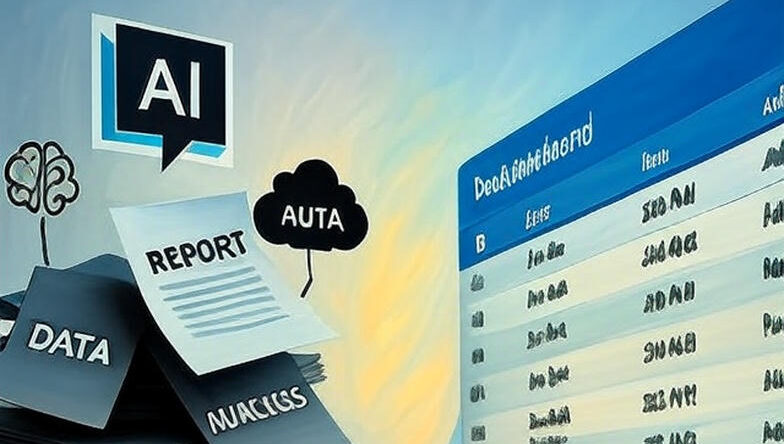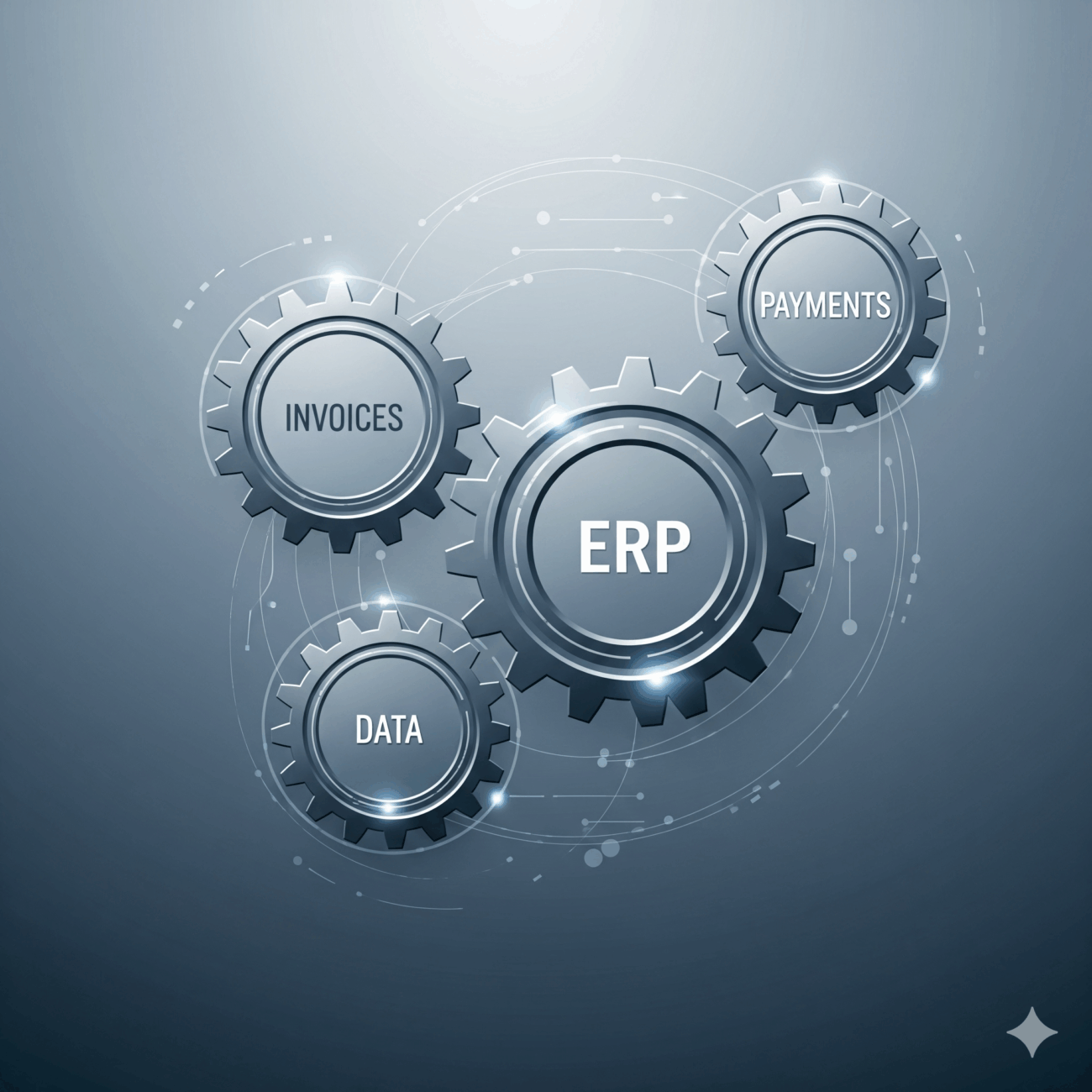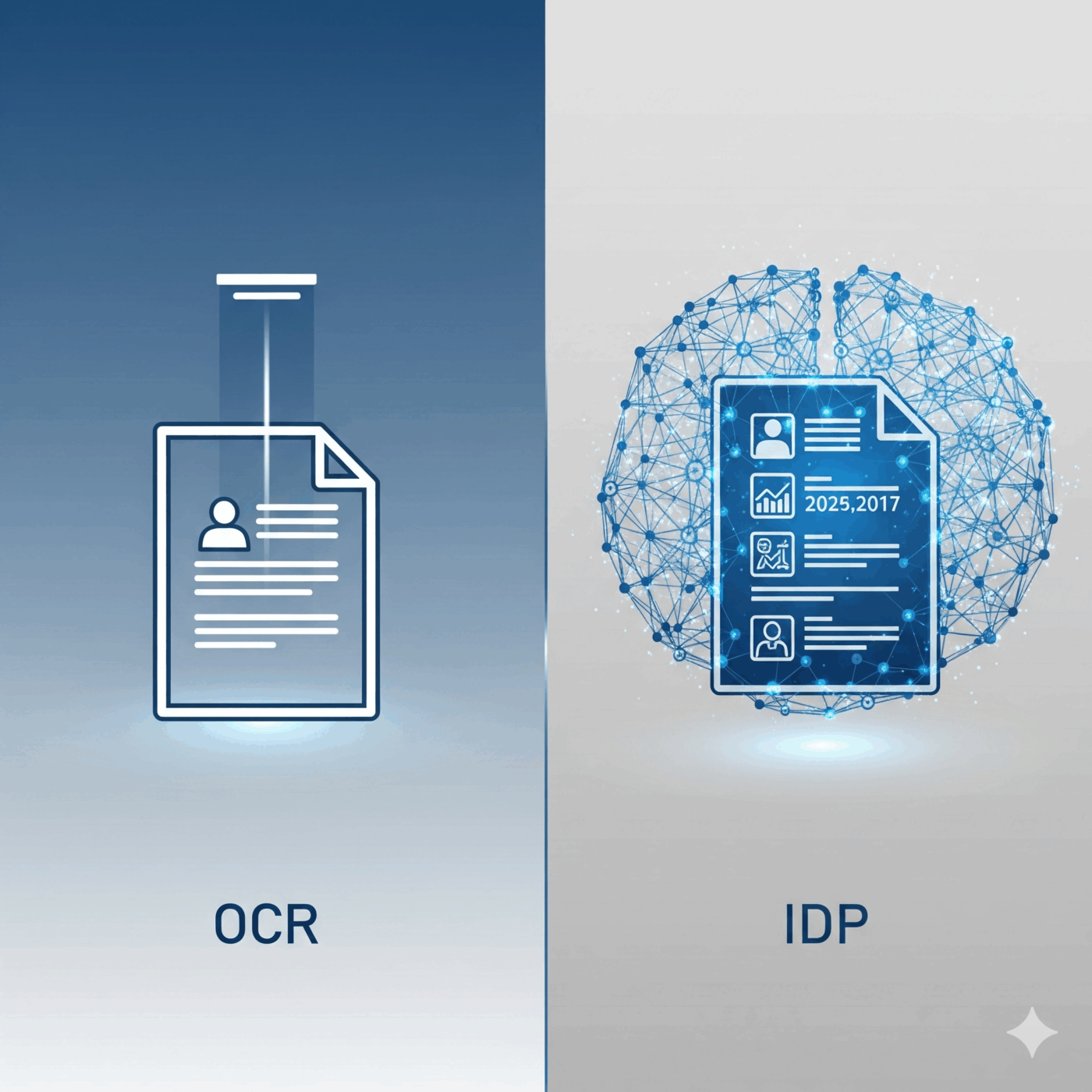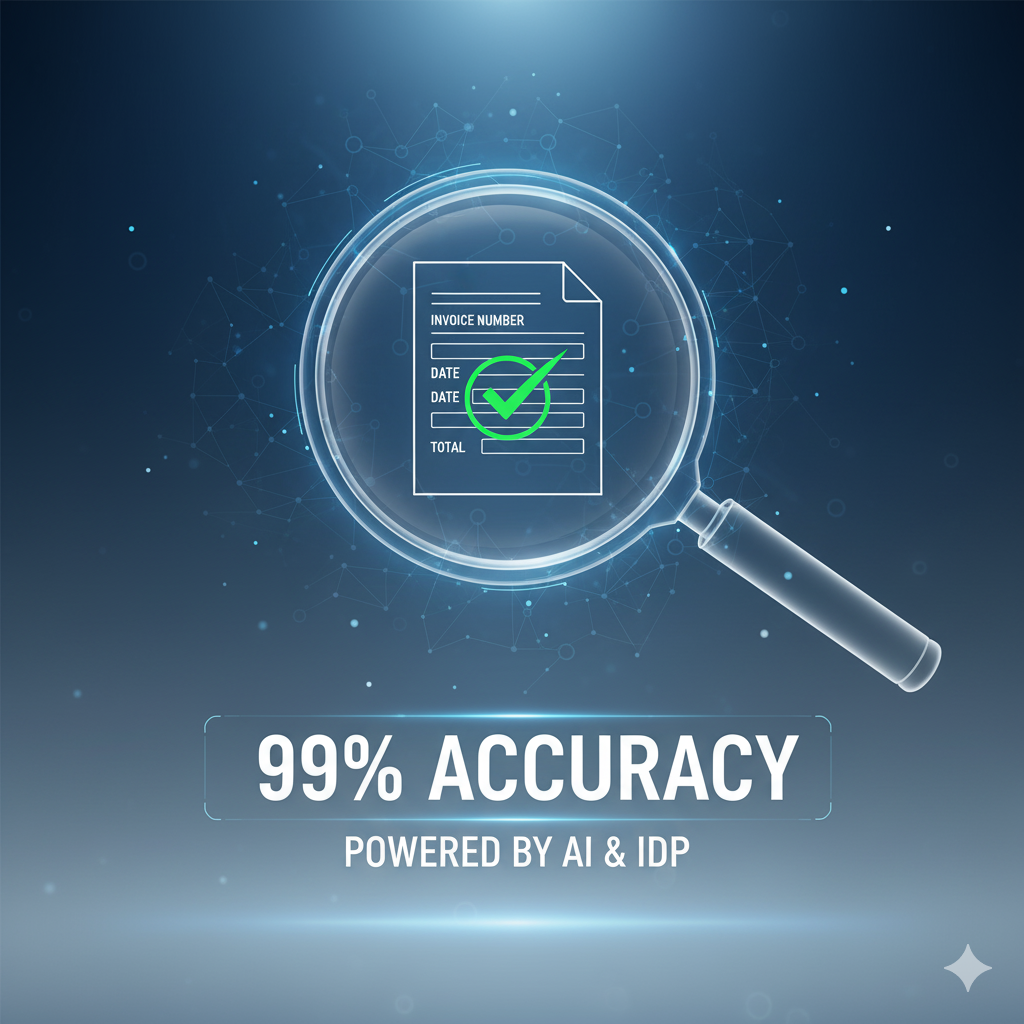For many businesses, the accounts payable department is the engine room of financial operations. Yet, this critical function is often buried under a mountain of paperwork. Manual invoice processing is not just slow; it is a significant drain on resources, prone to error, and a bottleneck to growth.
The solution is a strategic shift from manual effort to digital efficiency. Automated invoice processing transforms this traditionally labour-intensive task into a streamlined, cost-effective workflow. This guide explores how automation works, its transformative benefits, and what to look for in a modern solution.
What is Automated Invoice Processing?
Automated invoice processing is the use of technology to manage the end-to-end lifecycle of an invoice with minimal human intervention. It goes far beyond simply scanning a paper document. A true automation solution digitally captures, extracts, validates, and routes invoices for approval and payment through a seamless workflow. It effectively eliminates the manual data entry and physical handling that define traditional accounts payable processes.
How Automated Invoice Processing Works
Modern invoice automation platforms use a combination of technologies, including Optical Character Recognition (OCR) and Intelligent Document Processing (IDP), to create a touchless workflow. The process typically follows four key steps:
- Capture: The system automatically ingests invoices from any source, whether they arrive as paper documents, email attachments (like PDFs), or through a supplier portal.
- Extract: Intelligent data capture technology reads the invoice and extracts key information. This includes the supplier name, invoice number, date, purchase order number, and individual line-item details.
- Validate: The software validates the extracted data against your business rules and existing records in your Enterprise Resource Planning (ERP) or accounting system. This can include performing a three-way match between the invoice, purchase order, and goods receipt note.
- Approve & Post: Once validated, the invoice is digitally routed to the correct person for approval based on pre-defined workflows. Upon final approval, the transaction is automatically posted to your financial system, ready for payment.
The Transformative Benefits of Automation
Adopting invoice automation is a strategic move that delivers measurable returns across the business. The benefits are clear, compelling, and backed by extensive industry data.
- Drastic Cost Reduction Manual processing is expensive. According to a 2023 report from Goldman Sachs, the cost to process a single invoice manually can range from R220 to R550. Automation can reduce this cost by over 80% by minimising manual labour and eliminating paper-related expenses.
- Increased Speed and Efficiency Manual invoice cycle times can take days or even weeks, leading to late payment penalties and strained supplier relationships. Automation reduces the processing time to hours or minutes, allowing businesses to capture early payment discounts and improve operational agility.
- Improved Accuracy and Fewer Errors Manual data entry is inherently susceptible to human error. A misplaced decimal or incorrect digit can lead to costly overpayments or compliance issues. IDP technology delivers data extraction accuracy of over 99%, ensuring the information entering your financial systems is reliable.
- Enhanced Security and Fraud Prevention A digital workflow provides a secure, transparent audit trail for every invoice. This enhanced visibility makes it significantly easier to detect duplicate invoices and fraudulent activity, strengthening your internal financial controls.
- Strategic Financial Insights When your invoice data is captured digitally, it becomes a source of valuable business intelligence. Analytics dashboards can provide real-time visibility into spending patterns, cash flow, and departmental budgets, empowering CFOs and managers to make better strategic decisions.
Essential Features of a Modern Solution
When evaluating an automated invoice processing solution, look for these key features to ensure you are investing in a powerful and scalable platform:
- Intelligent Data Capture: The system should use advanced OCR and IDP to accurately extract data from any invoice format without requiring manual templates.
- Seamless ERP Integration: The solution must integrate smoothly with your existing accounting or ERP system to ensure a single source of truth for your financial data.
- Customisable Workflows: Your business has unique approval processes. The software should allow you to easily configure workflows to match your specific rules and delegation of authority.
- Analytics and Reporting: A built-in dashboard for tracking key performance indicators (KPIs) like processing time, invoice volume, and approval status is essential for continuous improvement.
Make the Move to Automation
In today’s competitive landscape, manual invoice processing is a liability. It hinders efficiency, inflates costs, and limits your ability to access strategic financial insights. By embracing automation, you can transform your accounts payable function into a streamlined, data-driven engine for growth.
Ready to explore how automated invoice processing can revolutionise your financial operations? Learn more about Appstrax OCR and our intelligent document processing solutions.





